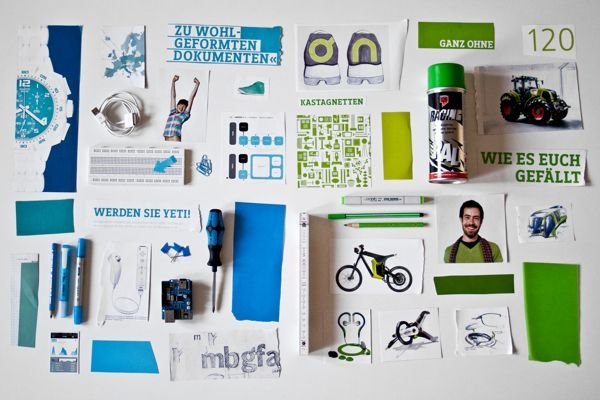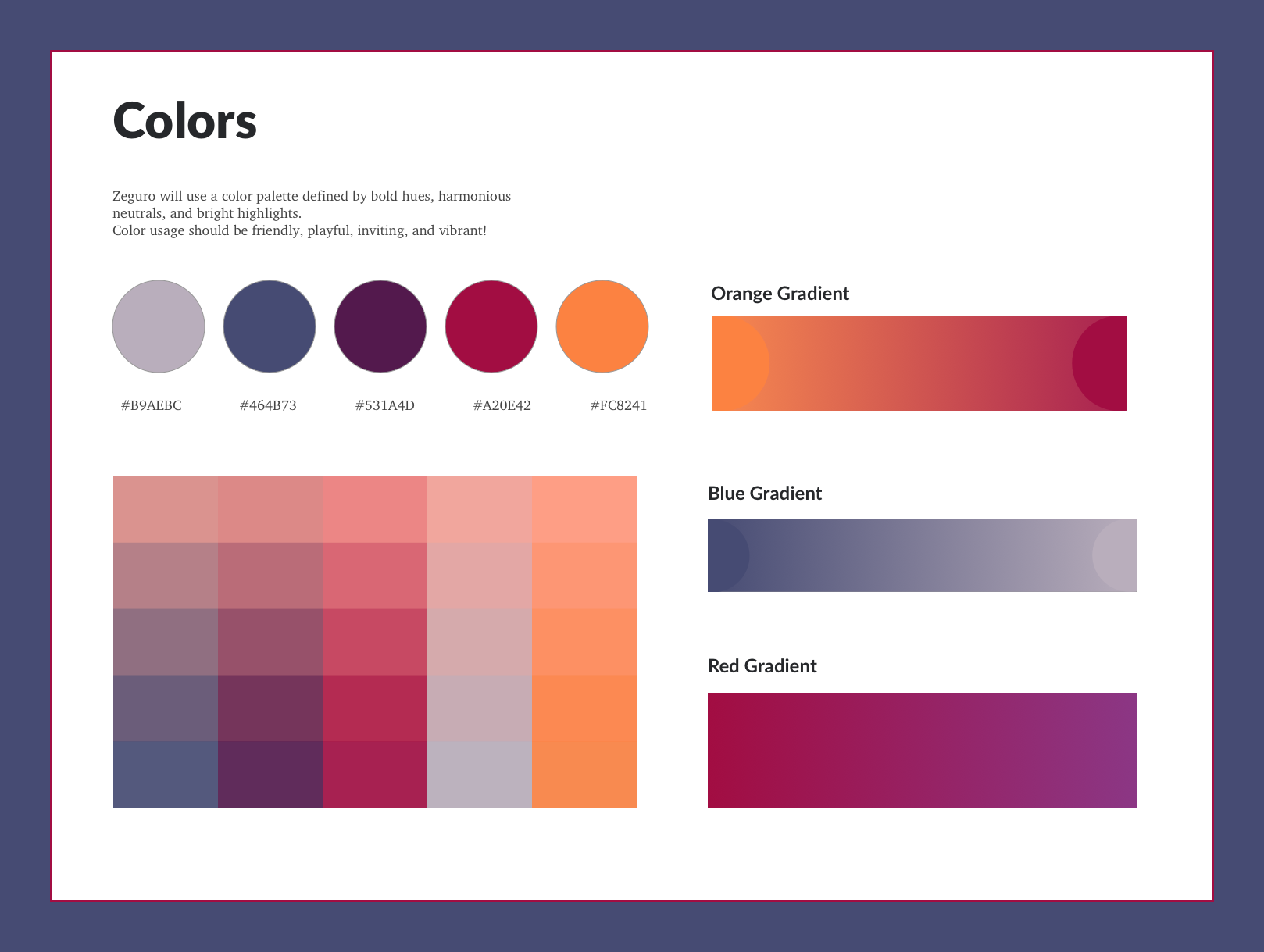#1 The Industrial Design Process: Defining the product and setting up the designer's day

Have you ever wondered where ideas for products come from?
This article explores the various early stages of the industrial design process that a product goes through. It covers experiences and workflows from various sectors of the design industry. You’ll even see the part of the process that exists before designers get to pick up a pencil and let loose with their ideas.
So, let's explore what it takes to bring a product to life!
Definition of the product
Before any design work can begin on a product, there must first be a definition of what the product might be or product line might be. So the first thing is to study the consumer demand driven, trends and fashion, competitor products, buyers advice, really cool and unique inventions or ideas...
This research helps the designer to understand other rival products, generate fresh ideas and stay away from duplicating shapes and forms.
Once a suitable product opportunity has been identified, a specification document or design brief is created to define the product.
A specific definition
One of the most important things when we design it's to suggest and include to the design brief a retail price to make sure any ideas stay within realistic cost expectations. Besides, usually a short description of the product is included along with any salient features that may be critical, such as certain mechanical constraints or requirements, to the success of the design. And, of course, define how will the intended user use the product.
The Technical Bit
Features such as a mechanical specification or reference to an existing invention the product might be based upon are outlined. Uses, expectations, and underlying intelligence or programming associated to the product is likely to be included as well. Electronics, including sounds, lights, sensors and any other specific inputs, along with colors and new materials may also be mentioned. Finally, a few focused reference sketches or photo images can be added to convey a possible direction.
This is often a ‘live’ document; it’s intended to guide and inform design efforts and will be added to as time progresses. Imagery and more detailed information will be added with the document to eventual become the basis for sales boards. It’ll have all the relevant call outs and imagery to successfully describe the product at a 15 second glance.
This sheet can include items from all walks of life and sectors of design that have interesting or unique features or material selection. Attention can be drawn to particular aspects with notes highlighting a particular aspect such as putting certain materials next to each other or particular surface and edge treatments.
Once the document has been approved by upper management, it can be passed onto the designer or design team and they can begin their work.
Mood Boards
A Design Director or Senior Designer will at this stage put together a set of reference sheets called mood boards. These can be comprised of one to five boards of relevant imagery that helps inform the design and focus the designer’s attention to a specific train of thought.

Sheets may include, but not be limited to, existing products or lines that the company already produces, competitor products that should be referenced but not copied, imagery of users and uses of the proposed item, abstract photos and designs that have relevant themes, colors or features such as movie references, current trends, paintings and art work, or cool design treatments from other areas of design. Reference is also made to materials, fit and finish.
Style guide
An early style guide may also be created at this stage to begin ideas for branding. This would be more specific to logos and packaging and includes ideas for color, shape, style and any carry over features from existing brands or cross sells. An idea of the perceived quality of the product will be identified at this stage to give the graphics team a guideline for complexity and cost of any packaging styles, die cuts and finishes they may intend to use.

The imagery and fonts represented on a style guide informs the graphics and product teams of any requirements that the brand and packaging must follow.
Pick Up Your Pens, Pencils or Stylus !
Following initial discussions and analysis of the play spec, mood boards and style guides, the designers can now begin their work.
These early stages of the design process allow us to define a product need and its users. This material and documentation is created to inform the designer or design team(s) by outlining salient features, mechanical parameters, technical requirements, and limitations while focusing their creative efforts to achieve targeted results and keep a budget in mind.
Hey. Thank you for sharing this
Very useful for the designers
Looking forward for your next article